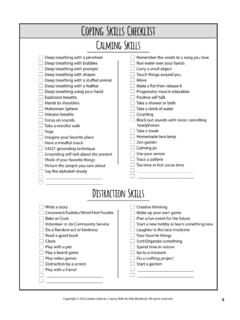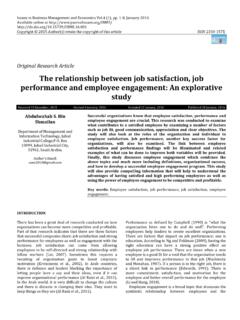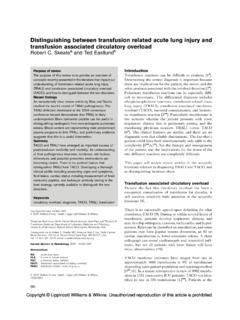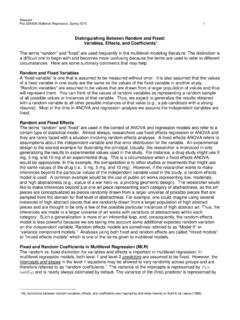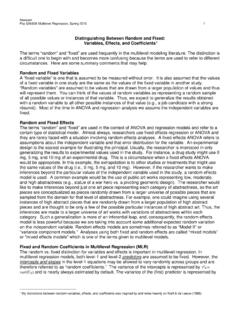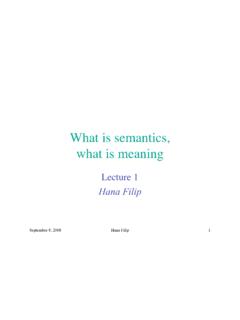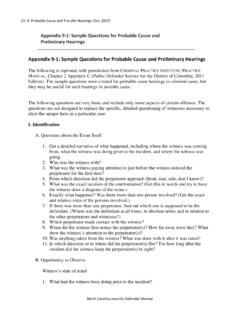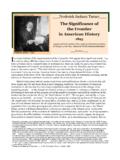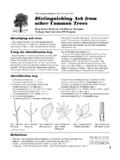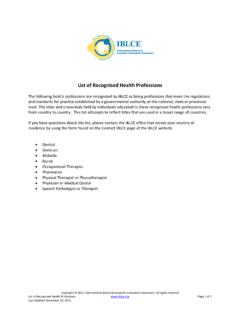Transcription of The primary analysis revealed that effect sizes were ...
1 CCTP Comprehensive Exam Study Guide Therapeutic Relationship, Relaxation/Self-regulation, Exposure/Narrative & Cognitive Restructuring are identified in the literature as necessary and primary ingredients for the resolution of symptoms of traumatic stress Viktor Frankl said between stimulus and response there is a Relaxation & self-regulation are the components of trauma treatment that helps the survivor to widen and utilize this space to begin to build an internal locus of control? The diagnosis of PTSD first appeared in 1980 in the DSM III Hubble, Duncan & Miller wrote the landmark text The Heart and Soul of Change that reported meta-analytic data on the integral ingredients of effective treatment.
2 The Session Rating Scale (SRS) was developed by Scott Miller in 2002 and is used to regularly collect empirical data from our clients on their experience in treatment? Extratherapeutic Factors, Therapeutic Relationship, Positive Expectancy and Treatment Model/Interventions are the four primary determinants of effective treatment according to the three authors in the Heart & Soul of Change. Scott Miller has found the completion of three activities with our clients is the most potent thing we can do to assure positive outcomes for our clients.
3 These three things are: (1) collect empirical data of our clients experience in treatment; (2) generate honest feedback about this data; and (3) Be willing to change our relational style to better fit with the client The primary analysis revealed that effect sizes were homogenously distributed around zero for measures of PTSD symptomology, and for all measures of psychological functioning, indicating that there were no differences between psychotherapies. The following generalizations can be formulated from the Benish, et al.
4 , study? Treatment models are not the reason survivors get better The common characteristic among effective treatments likely account for more positive change in survivors treatment than the particular model of treatment Psychotherapy is effective for traumatic stress After integrating trauma and healing its effects, most survivors find that they are able to articulate the positive effects from the trauma. Even though this is true Addressed too early can be seen as insensitive and damage the therapeutic relationship According to the material presented in the course, the Anterior Cingulate Cortex seems to play the most significant role in our perception of threat when there is no real danger.
5 Assessing the volume and activity of the Anterior Cingulate Cortex has been emerging as an important indicator of successful treatment outcomes? By self-regulating intentionally relaxing one s body in the context of a perceived threat it has been demonstrated that an individual can realize three important benefits. These are: Comfort in one s body Restoration of maximal neo-cortical functioning Intentional instead of reactive behavior The relational aspects of treatment have been well-documented in many meta-analytic studies as the most powerful predictor of positive outcomes (of those influenced by the practitioner) for our clients.
6 Positive expectance/Placebo/Hope has been well documented in many meta-analytic studies as the second most powerful predictor of positive outcomes (of those influenced by the practitioner) for our clients. Sympathetic dominance has the following physiological effects: Muscle tension Elevated heart rate Elevated respiration rate The autonomic nervous system is comprised of the parasympathetic and sympathetic systems Comfort, relaxation, satiety are best associated with the parasympathetic branch of the autonomic nervous system?
7 Perceived threat activates the SNS. Remaining in the context of a perceived threat without intentionally relaxing one s body yields: Sympathetic dominance Anxiety symptoms Compulsive behavior The ability to become intentional which could be defined as the opposite of posttraumatic reactivity is predicated upon the person s ability to relax/self-regulate their ANS. Relaxation requires dissociation from the activities of daily living while self-regulation is employed in the moment This best defines the difference between relaxation and self-regulation Trauma is an injury, not an illness.
8 Trauma damages the brain of the survivor it never again follows the same neural firing patterns that it did before the trauma A helpful way to explain trauma symptoms to patients might be: Over-adaptation in the present to painful past events of the past Evidence of a self-healing system at work As a normal person have a normal response to abnormal events in one s life When a clinician can assist a survivor in completing a trauma narrative that includes all the microvents of that trauma and then helps them to share this narrative with a relaxed body then they gain Resolution of re-experiencing symptoms (nightmares and flashbacks)
9 Associated with that trauma Peri-traumatic dissociation has been identified by Charles Marmar as the most powerful predictor of future PTSD symptoms? The Clinician Administered PTSD Scale (CAPS), developed by the National Center for PTSD, can be utilized for: Conferring the diagnosis of PTSD Psychoeducation about trauma with our clients Determining the acuity of PTSD symptoms The CAPS primarily evaluates the frequency, intensity and severity of the 20 symptoms of PTSD in Criteria B, C, D & E Sleep problems, irritability, difficulty concentrating are examples of symptoms in Criterion E Arousal & Reactivity.
10 Symptoms in Criterion B (Intrusion) would be best illustrated by nightmares, flashbacks and psychological/physiological distress when remembering the trauma. 1. In the DSM V, there are only three types of events that meet diagnostic threshold in Criterion A. These are: Death, Serious Injury, and Sexual Violence How many symptoms need to be endorsed by our patients in Criterion B, C, D & E, respectively, to confer the diagnosis of PTSD? 1-1-2-2 On the CAPS, a severity score of 2 or higher is endorsement of that particular symptom by the survivor.

